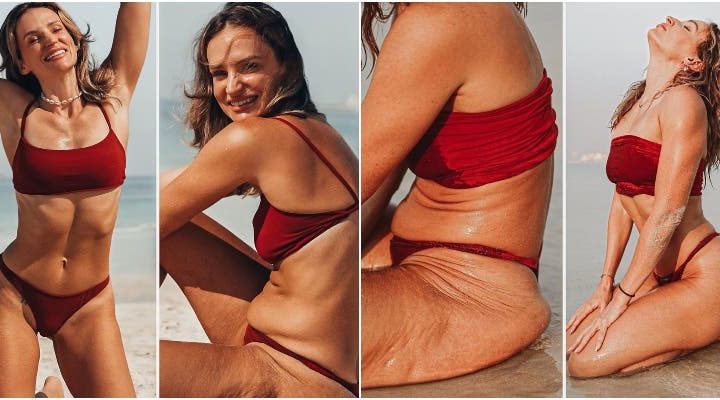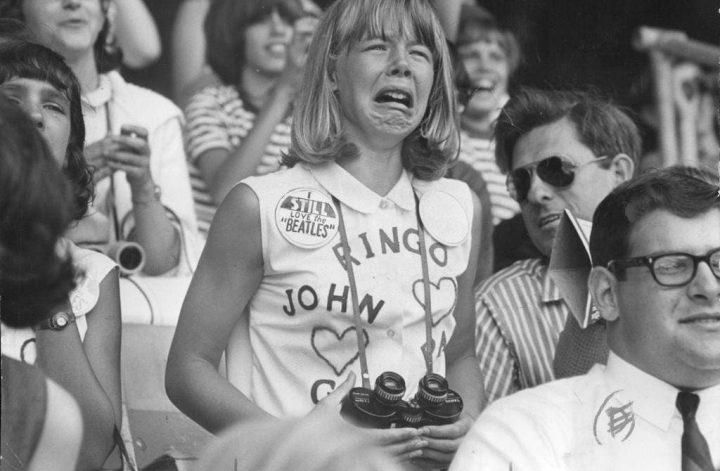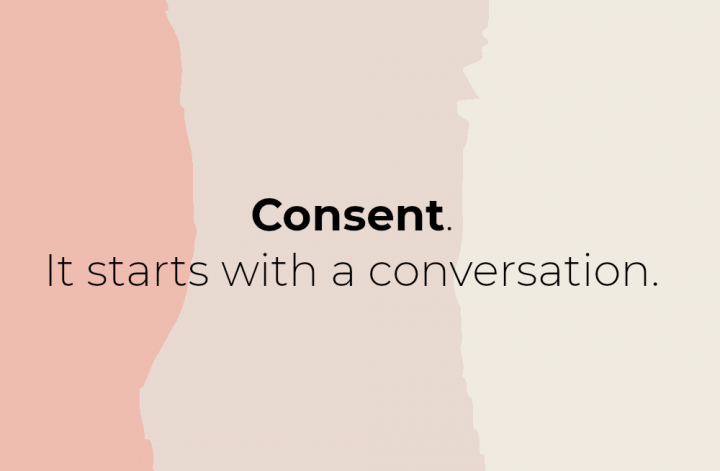Legislators in Norway have passed a new law requiring social media influencers to disclose when they’ve retouched or added a filter to their content.
According to the proposal, in Norway, 70,000 children and young people have mental health issues requiring treatment. Over half of 15 year old girls in the country have mental health issues, with anorexia being the third most common cause of death among young girls.
The bill writes:
Body pressure is pointed out as one of the most important reasons why many young people struggle mentally. Young people are exposed to a massive pressure to look good, through, among other things, advertising and social media, and the models that are shown are often digitally retouched. This exposes young people to an ideal of beauty that is impossible to achieve.
Further, the ‘advertising industry’ is cited as one of the key reasons for increasing body pressure or ‘kroppspress’ as it’s referred to in Norway.
This new law is an amendment to Norway’s 2009 Marketing Act and will require advertisers and sponsored posts where a body’s shape, size or skin has been changed (including filters), or retouching to be marked with a label created by the Norwegian Ministry of Children and Family Affairs.
Since the announcement, the global press have picked it up and ran with it, but they’re missing something pretty fundamental from the law: advertisers.
Instead, as the media have been doing since the advent of social media movers and shakers, they’re targeting and demonising influencers exclusively.
The problem isn’t influencers
Don’t get me wrong: in theory, the law and reasons behind its implementation are sound. But, when you pull back the curtain and think about how this law will work in practice, this is where it becomes problematic.
Who are social media influencers, after all, if not real people who have taken a hobby and made a career from it? Women and girls who have been exposed to the same pressures as the rest of us.
It’s another case of pay no attention to the man behind the curtain, but instead, point the finger of blame elsewhere. Uphold the structures that have created and been allowed to thrive on struggling mental health and body pressure in the first place, by blaming women.
Again.
Pointing the finger of blame damages women
In a survey taken in 2019, it showed that 84% of Instagram influencers were women and young girls – the same demographic this bill is aiming to protect.
Be under no illusion, it is intentional that this media spin focuses exclusively on young women and female influencers. It’s a blatant attempt to cajole us into forgetting the reality:
These social media influencers are, and have been, under the same pressures as all young women face when scrolling through social media.
By pointing the finger of blame at them, the insinuation is that they are exclusively to blame for anorexic young girls or women rushing to have cosmetic surgery before the age of 25 – and that’s not fair.
It’s a shortcut, a scapegoat that isn’t about helping young women and girls. It’s about upholding the institutions that continue to thrive and profit from our collective dysmorphic attitudes about our bodies and faces by pitting us against one another (i.e. I wish I looked like her) and minimising women’s mental health issues as nothing more than hysteria.
That old chestnut.
Mental health issues are caused by so much more than a few edited photos. Those waters run far deeper and are far more systemic, and to suggest that our mental health issues stem from an influencer who we think looks better than us only serves to uphold woeful stereotypes, such as the above: women are in competition with one another and their issues are silly.
And when do we hear that all women are inherently in competition with one another?
When we’re having the wool pulled over our eyes.
We’re already unhappy with our bodies, further demonising women won’t change that.
A study by MPs in the UK last year found that the majority of under 18s said that social media images were “extremely influential” on their body image, and only 5% of under 18s said they wouldn’t consider changing their appearance by doing things like dieting or getting surgery.
But this has been the case for a long time. As Naomi Wolf writes in The Beauty Myth, in the 1980s, just a decade on from the sexual revolution:
At once, the diet and skincare industries became the new cultural censors of women’s intellectual space, and because of their pressure, the gaunt, youthful model supplanted the happy housewife as the arbiter of successful womanhood.
Sounds familiar, right?
These same institutions are now targeting social media influencers as the reason behind poor body image, rather than focusing on the real industries behind the indoctrination of women into believing they are too much, too big, too fat, not enough, too different, other…
A badge telling young girls they are triggered because influencers are posting an image that has been edited won’t solve our increasing mental health crisis – in the words of Taylor Swift band aids don’t fix bullet holes.
To suggest that this is the root cause of young girls feeling insecure trivialises mental health while allowing the beauty and diet industries to continue to thrive, and this is the issue that we need to solve. Continuing to punish women for being victims of these industries can’t continue for much longer.
Note: the influencer used in the header image is that of Danae Mercer, and you can find her wonderfully empowering / refreshing Instagram page here.




